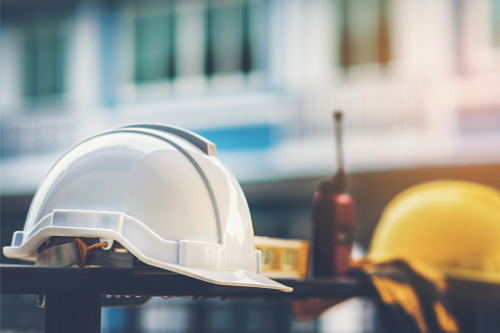Economists from NAHB and First American on the outlook for housing market, and where opportunities lie

Last Friday’s jobs report pointed to a strong economic bounce back in October. The US economy added a total of 638,000 jobs, dropping unemployment to 6.9%. Meanwhile, mortgage and housing industry analysts highlighted around 84,000 jobs added in construction during October. Of that 84,000, around 24,000 jobs are in home building and remodeling, according to the National Association of Home Builders (NAHB), a development that’s being greeted as good news for the mortgage industry.
Home construction has suffered from a chronic skilled labor shortage since 2008. In recent years demand for housing, especially single-family, has far outpaced supply. The gap between current sales of single-family housing and new construction is currently the highest it’s ever been. Two top economists told MPA why an uptick in construction jobs bodes well for the US mortgage industry and pointed out where an increase in supply could improve market conditions.
“We’re seeing construction growth just about everywhere, with the exception of multifamily construction in large urban core metros like New York and San Francisco,” said Robert Dietz, chief economist at NAHB. “That’s due to low interest rates, a renewed focus on the importance of home, and the ability of people to work from home that’s seeing rising demand for home construction in low density areas, everywhere from the inner suburbs all the way out to ex-urbs and rural areas.”
Dietz sees this data as consistent with the strength of the housing market in a pandemic-ravaged economy. He expects that this shift in demand will see more affordable markets grow faster. NAHB has observed increased suburban construction since Q2 of this year, especially in the Southeast, Texas, and the Mountain states. Dietz also expects growth in previously shrinking, affordable mid-sized midwestern cities along the I-70 corridor in cities like Columbus, Ohio; Indianapolis, Indiana; and Kansas City, Missouri.
Dietz believes that despite these new hires, it is unlikely that supply will outpace demand anytime soon. Odeta Kushi, deputy chief economist for First American Financial Corporation, agreed. She pointed to two factors contributing to an ongoing chronic labor shortage in American home construction. The first is the post-2008 shift that saw many people leave the industry entirely. That’s created a deficit in skilled labor that hasn’t been made up by a millennial workforce that is more interested in less seasonal, less physical jobs. Kushi says COVID is also to blame, partially, for the labor shortage. March and April saw a dramatic drop in construction jobs.
“We’ve seen a pretty swift rebound in residential building,” Kushi said. “So we’re feeling positive about these new jobs numbers…I think we still have more work to do to make up that gap between supply and demand, we need more workers and more supply to bridge that inventory gap.”
While the pandemic has set the tone for much of the current housing demand we’re seeing, Dietz doesn’t expect these trends to totally reverse when a vaccine comes. While many people will return to big cities as workplaces reopen, he points to NAHB survey data indicating that around two thirds of the roughly 30% of the workforce currently telecommuting expect to keep working from home indefinitely.
High lumber prices and other headwinds still present challenges to housing supply, nevertheless Dietz greeted these job numbers as broadly good news for the US housing market and for mortgage professionals.
“In the immediate term, this data is consistent with the idea that housing has been a bright spot for the economy,” Dietz said. “It’s an especially bullish indicator for mortgage markets in suburbs, ex-urban markets, and medium sized cities that are more affordable. I think businesses, too, are probably going to look twice at the cities they’ll locate in, and housing and jobs will follow each other into these markets.”



